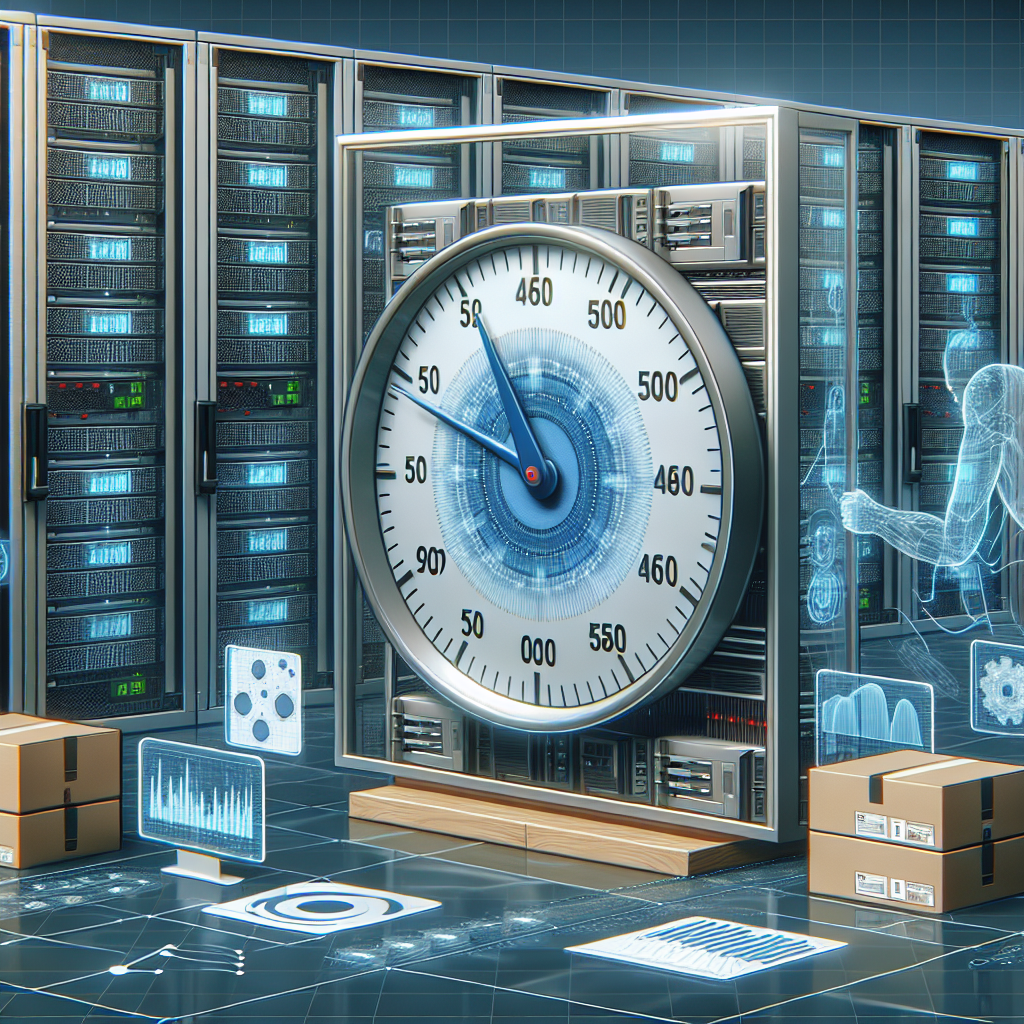Fix today. Protect forever.
Secure your devices with the #1 malware removal and protection software
Data center uptime is a critical metric for businesses that rely on their IT infrastructure to support their operations. Downtime can lead to lost revenue, decreased productivity, and damage to a company’s reputation. Measuring and monitoring data center uptime is essential for ensuring that a business’s IT systems are running smoothly and efficiently.
There are several key metrics that can be used to measure data center uptime. One of the most common metrics is the uptime percentage, which is calculated by dividing the total amount of time that a data center is operational by the total amount of time that it is available. For example, if a data center is operational for 99.9% of the time in a given year, its uptime percentage would be 99.9%.
Another important metric for measuring data center uptime is the mean time between failures (MTBF). MTBF is a measure of how often a system fails and is calculated by dividing the total operating time by the number of failures. A high MTBF indicates that a data center is reliable and has a low likelihood of experiencing downtime.
Monitoring data center uptime is essential for maintaining the reliability and performance of IT systems. There are several tools and technologies that can be used to monitor data center uptime, including network monitoring software, server monitoring tools, and performance monitoring solutions.
Network monitoring software can track the performance of network devices, such as routers, switches, and firewalls, and alert IT teams to any issues that may impact data center uptime. Server monitoring tools can monitor the performance of servers and applications, and provide real-time insights into the health of the data center infrastructure.
Performance monitoring solutions can track the performance of virtualized environments, storage systems, and application workloads, and help IT teams identify and address any performance bottlenecks that may impact data center uptime.
In addition to using monitoring tools and technologies, businesses can also implement best practices for maintaining data center uptime. This includes implementing redundant power supplies, cooling systems, and network connections to ensure that a data center can continue operating in the event of a failure.
Regularly testing backup and disaster recovery systems is also essential for maintaining data center uptime. By regularly testing these systems, businesses can ensure that they are prepared to quickly recover from any unplanned downtime and minimize the impact on their operations.
In conclusion, measuring and monitoring data center uptime is essential for ensuring the reliability and performance of a business’s IT systems. By using key metrics, monitoring tools, and best practices, businesses can maintain high levels of uptime and minimize the risk of downtime impacting their operations.
Fix today. Protect forever.
Secure your devices with the #1 malware removal and protection software

Leave a Reply
You must be logged in to post a comment.